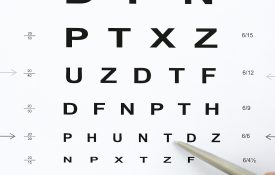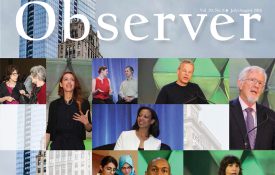-

Visual Illusion Could Help You Read Smaller Font
Visual acuity is thought to be dictated by the shape and condition of the eye but new findings suggest it may also be influenced by perceptual processes in the brain.
-

New Research From Psychological Science
A sample of new research exploring physical position as an impression-management strategy, the origins of ordered line representations, links between agency and intentional binding, and p-curve analyses of findings related to the ‘power pose.’
-
New Research From Psychological Science
A sample of new research exploring whether a single-nucleotide polymorphism on the oxytocin receptor gene is linked with face recognition and how people map spatial relations when they take another person’s perspective.
-
Framing Spatial Tasks as Social Eliminates Gender Differences
Women underperform on spatial tests when they don’t expect to do as well as men, but framing the tests as social tasks eliminates the gender gap in performance, according to new findings published in Psychological
-
Babies’ Spatial Reasoning Predicts Later Math Skills
Spatial reasoning measured in infancy predicts how children do at math at four years of age, according to findings from a longitudinal study published in Psychological Science, a journal of the Association for Psychological Science.
-

How Rats, Bats, Bees, and People Navigate Their Worlds
Nearly 70 years ago, psychological scientist Edward Tolman introduced the idea that humans and other animals have a “cognitive map” that allows them to navigate their everyday spatial environments. Evidence of physical processes underpinning cognitive

